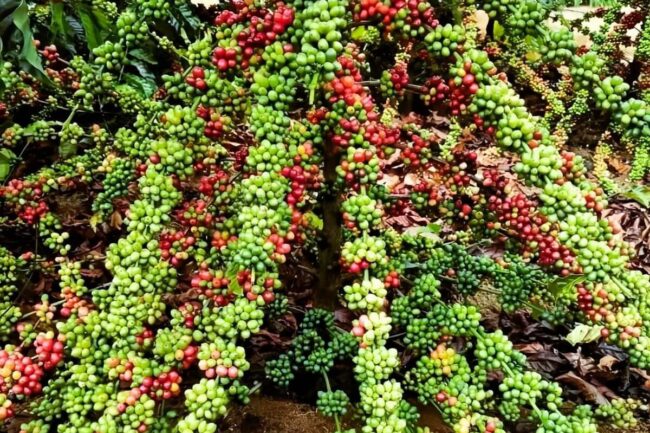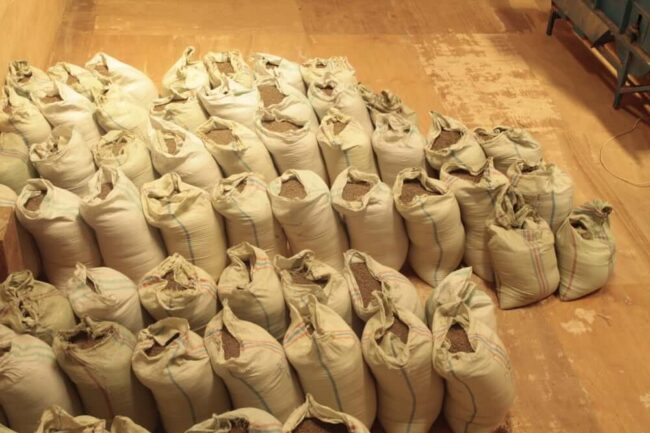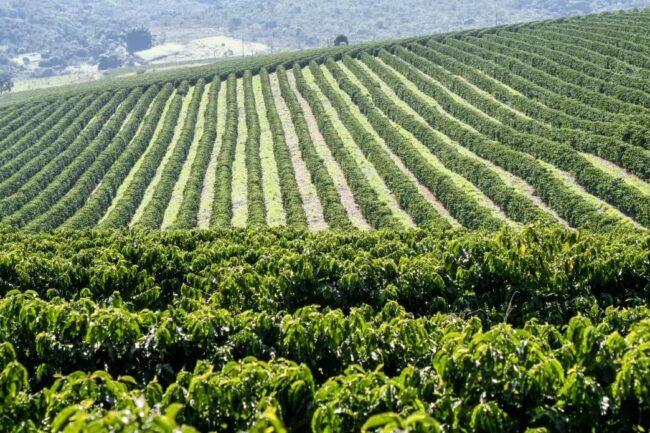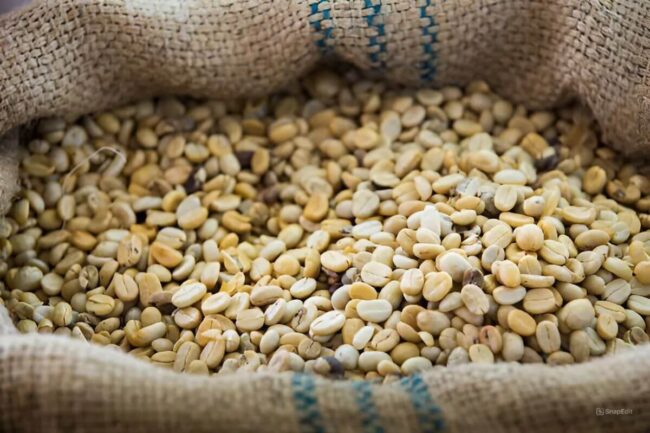March arabica coffee (KCH23) on Thursday closed down -1.50 (-0.94%), and Jan ICE robusta coffee (RMF23) was unchanged.
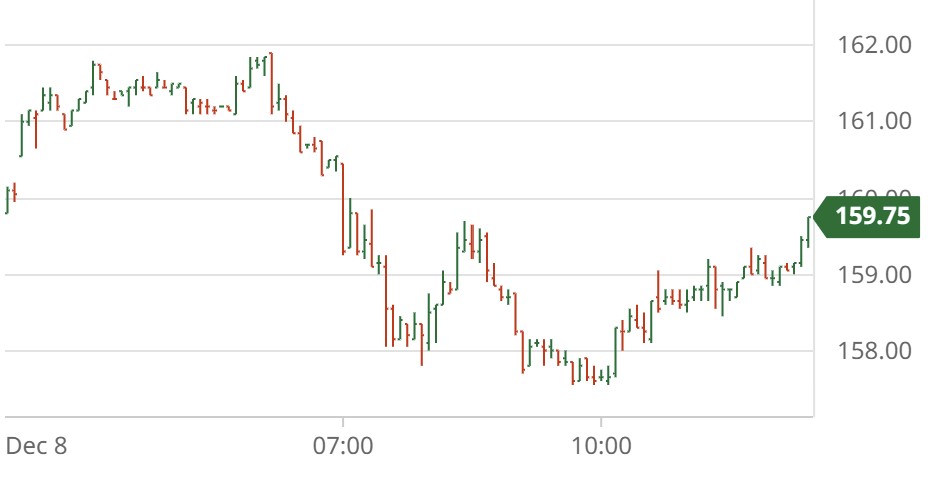
Coffee prices Thursday were mixed, with arabica dropping to a 2-week low. Arabica coffee prices are weaker on forecasts for rain over the next week in Brazil, which would ease coffee crop concerns. Somar Meteorologia reported Monday that Brazil’s Minas Gerais region received 56.5 mm of rain last week, or 94% of the historical average. Minas Gerais accounts for about 30% of Brazil’s arabica crop.
Robusta coffee is finding support on ever-tighter coffee inventories on news that ICE-monitored robusta coffee inventories dropped to a new 4-year low Thursday of 7,626 bags.
On the negative side, ICE arabica coffee inventories jumped to a 3-month high of 668,581 bags Thursday from the 23-year low of 382,695 bags posted on Nov 3.
Last Friday’s news from the International Coffee Organization (ICO) supported coffee prices after ICO reported that global coffee exports in Oct fell -1.9% y/y to 9.87 mln bags.
A bearish factor for robusta is ample coffee supplies from Vietnam. The General Statistics Office of Vietnam reported today that Vietnam’s Jan-Nov coffee exports were up +13.4% y/y at 1.58 MMT. Vietnam is the world’s biggest producer of robusta coffee beans.
In a bullish factor, the USDA’s Foreign Agriculture Service (FAS) on Nov 22 cut its Brazil 2022/23 coffee production forecast by -2.6% to 62.6 mln bags from a prior estimate of 64.3 mln bags. Meanwhile, Brazil’s crop agency Conab on Sep 20 cut its 2022 Brazil coffee production estimate to 50.4 mln bags from a May estimate of 53.4 mln bags as adverse weather curbed coffee yields. This year was supposed to be the higher-yielding year of Brazil’s biennial coffee crop, but coffee output this year was slashed by drought.
Smaller global coffee exports support coffee prices after the Colombia Coffee Growers Federation on Monday reported that Colombia’s Nov coffee exports fell -25% y/y to 854,000 bags. Colombia is the world’s second-largest producer of arabica beans. Also, Cecafe reported on Nov 17 that Brazil’s Oct green coffee exports fell -2.9% y/y to 3.18 mln bags.
In a bearish factor, the Green Coffee Association reported on Nov 15 that U.S. Oct green coffee inventories rose +5.8% y/y to 6,320,157 mln bags.
In a bearish factor, the USDA, in its bi-annual report released in June, projected that 2022/23 global coffee production would climb +4.7% y/y to 174.95 mln bags, primarily due to Brazil’s arabica crop entering the on-year of the biennial production cycle. The USDA projects that 2022/23 global coffee ending stocks will climb +6.3% y/y to 34.704 mln bags.
__
Rich Asplund – Barchart
